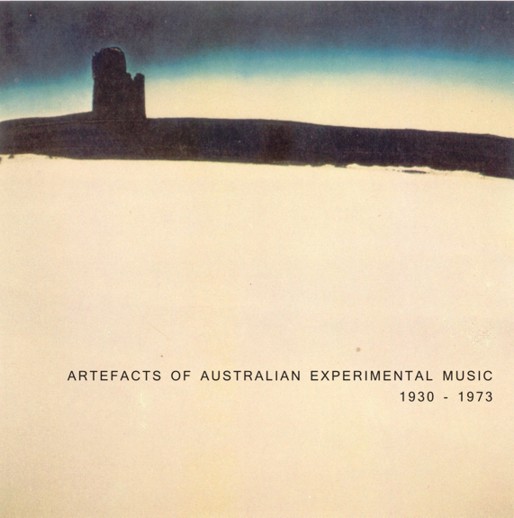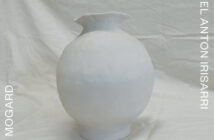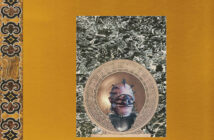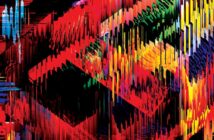Shame File Music impresario Clinton Green spent three years carefully excavating the music brought together on this important release. In the same manner that Australian cities are homage to everything new and shiny, the hidden history of Australian experimental music needed to be unearthed carefully from underneath a culture that generally places little value in its precursors. The story behind this release is dissected in the soon-to-be-released Issue 18 of Cyclic Defrost, so I’ll endeavour to discuss the music contained therein, hopefully wetting your appetite for our next sparkling issue!
I was taken aback how contemporary some of the pieces on this release sound. The opening tape collage by virtually unknown composer Jack Ellit, “Journey #1′ is a case in point; another reviewer cast a long bow in comparing Ellit’s piece as sounding like Oval. Personally I wouldn’ go that far, but it is fascinating nonetheless, moving from found sounds and tram trips into an angry crowd, signifying the antipathy contemporary listeners felt towards Ellit’s amazingly detailed collages built up on film stock.
Artefacts… could almost be subtitled, Artefacts of Australian Experimental Music 1965-1973 (with a little bit more)—only the first three tracks predate the mid-’60s. This may be representative of Clinton’ sampling, but is also indicative of the increased availability of recording facilities during the 1960s. Artefacts… is truly experimental music in its broadest sense; on Percy Grainger’ track, you can hear Howard Cross call out what is being recorded in this take, painstakingly documenting all outcomes on Grainger’ acetate recording machine.
A fruity Queen’-English-inflected Australian accent floats out of Bruce Clarke’ “Of Spiralling Why’, only to be slowed down and played back. Trilling trumpets swell to repeated crescendos giving Barry McKimm’ “Monotony for 8 Trumpets’ a contemplative feel, almost like Miles Davis’ Sketches of Spain on an experimental tip. Arthur Cantrill’ “Soundtrack for Eikon’ still gives me goose bumps, with its peculiar meeting of soprano vocalist and de-tuned orchestral string-section. I’m sure such disquieting textures added to the feel of Arthur and Corinne Cantrill’ experimental film Eikon.
Hitting the 1970s, the compilation delivers a primer on the Melbourne experimental music scene; Felix Werder, Keith Humble, NIAGGRA and Ron Nagorcka. Only Sydney psychedelic surf-rockers Tully represent for experimental music outside of Melbourne in the ’70s. It is fitting that Nagorcka’ “Apathetic Anomaly 2′ rounds out Artefacts…, with its cacophony of process-driven televisions in performance from 1973. Nagorcka was instrumental in the establishment of the Clifton Hill Community Music Centre, whose influence in the nascent Australian experimental scene cannot be underestimated.
Over the past 15 years, enthusiastic label owners have unearthed and released pioneering experimental music from around the world, placing it in a historical context and exposing it to a new generation of listeners. Artefacts… continues this quest, posing the question, “What came before?†and answering it from an antipodean perspective. The extensive liner notes accompanying Artefacts… are essential in outlining the secret history of Australian experimental music, but most importantly, the artefacts that Clinton Green has unearthed deserve to be heard on their own merits.
Oliver Laing




